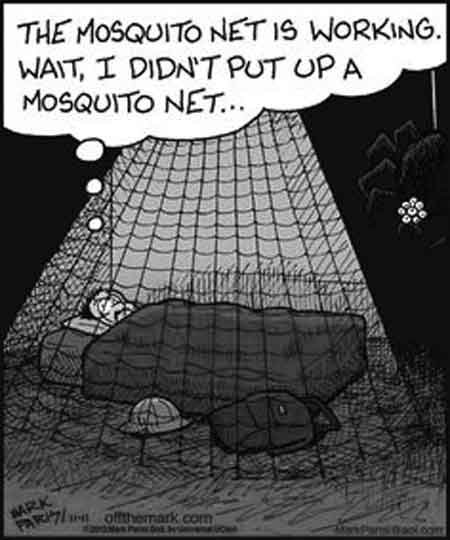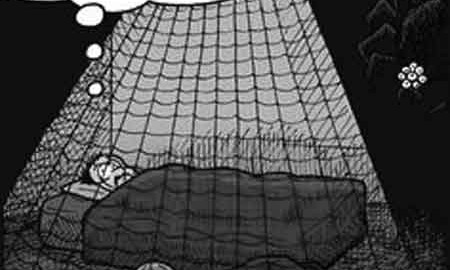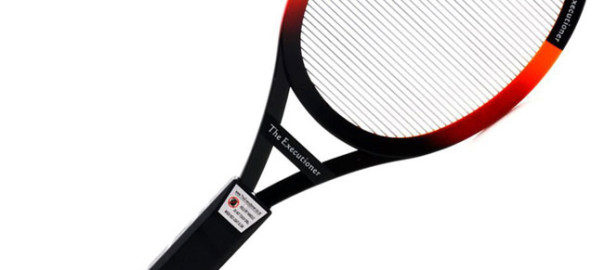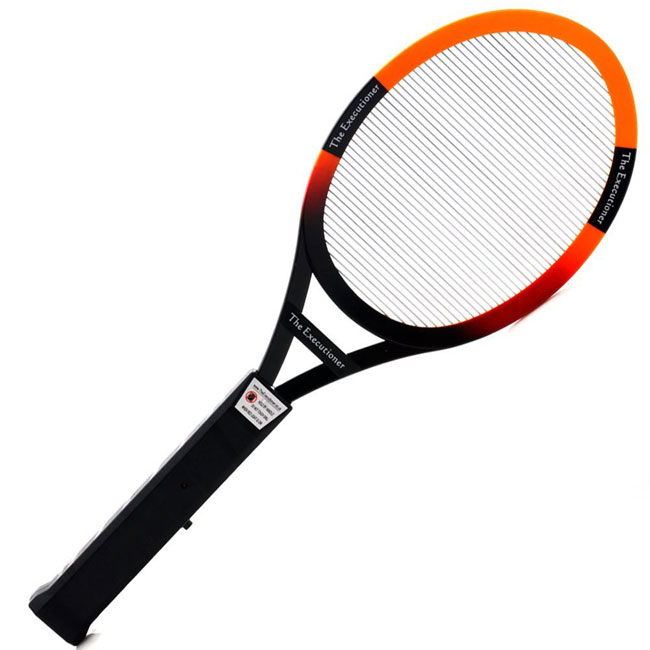Whether you’re backpacking in the mountains of South Dakota or the South American rain forests, a mosquito net is a mandatory camping supply.
These bugs are a nuisance at best and deadly disease carriers at worst. Fortunately, there are hundreds of products on the market to fit all kinds of situations.
If you’re feeling fancy, you can even get mosquito nets made of cotton or organic silk.
Below is a guide for picking the best mosquito nets for travel and camping.
How Mosquito Nets Work
Mesh size
Insect nets and window screens with a mesh size of 1.2 mm halt mosquitoes. Smaller holes, from 0.6 mm stop other biting bugs such as no-see-ums and biting midges.
Breatheability
Keep an eye out for how much holes per square inch the net you are considering has. Insect nets generally have 156 to up to 400 holes. 400 already protects you against midges.
Nets with a higher hole count have smaller holes meaning they allow less air to pass through. This reduces air circulation inside which may cause it to feel hot or clampy.
Treated nets
Insecticide treated nets (ITNs) are considered approximately twice as effective as untreated nets.
The World Health Organization recommends mosquito nets treated with permethrin, a chemical that is harmless to humans but fatal to mosquitoes and other insects.
Spraying permethrin onto a non-treated net can deter insects for a short period of time, but manufactured nets with the chemical embedded in their fibers are far longer lasting and may never need replacement.
The chemical is so potent that mosquitoes usually ignore holes in the nets because the odor of the permethrin is so repugnant. Insecticide treated nets kill mosquitoes that contact the nets.
Other insecticides include deltamethrin, and company brands such as Zi Technology.

Which is the best mosquito net for travel?
Picking the ideal net for your travel needs depends on how you travel. Backpacking ask for a net that is as light and compact as possible.
When you go camping and can take your net out of the trunk of your car to haul it with you to the camp site a 10 minute walk down the path you can opt for a slightly larger and heavier net.
Here’s a list of the different types of nets along with their advantages and disadvantages to help you select what’s right for your traveling needs.
Free-Standing Nets
Free-standing mosquito nets are basically small tents. They are held together by flexible metal or plastic frames that can “pop-up” and condense.
They come in different sizes and can be set up within a larger tent, on cots or on top of a mattress. These nets usually have a base sewn in (tarp floor), so once zipped they are impenetrable to critters.
If you travel without checked baggage these are probably not an option for you as they are unlikely to fit carry-on luggage. Therefore, for the minimalist backpacker, a smaller type of mosquito net is preferable.
Pros:
- Little set up required
- Versatile for indoor or outdoor use
- Spacious
- Protects against cockroaches and bed bugs too
Cons:
- Even when condensed, they can still be bulky and heavy to transport
- Supports are often susceptible to getting bent and are difficult to repair
- Frame /poles add to weight
A bestseller is the SansBug Free-Standing Pop-Up Mosquito-Net. At 2,5 pounds it’s lightweight and is set up and taken down in no time. You just throw it in the air and it lands as a full-fledged bug shelter (keep your distance).
You may even be able to fit it in your backpack. This YouTube video instructs how to fold it to 19 inch diameter.
Wedge and Ridge Mosquito Nets
These simple nets hang from one or two suspension points and are sometimes supported by a rod. They are perfect for draping over a sleeping bag or bed.
They make great additions to hammocks too. Make sure to tuck netting under your sleeping bag for maximum protection.
Pros:
- Inexpensive
- Easy to set up and take down
- Compact and easy to carry making them great for backpacking and other forms of light travel.
Cons:
- Less enclosed area than free-standing nets, which can result in poorer air circulation and stuffiness
- Feel warmer than other, more spacious nets
One of your best options when getting a ridge net is the Eagles Nest Outfitters Guardian Bug Net.
Especially great if you’re going to places where it gets cold at night as it adds a few degrees of warmth. Lightweight at 16 ounces, blocks no-see-ums and fits all ENO hammocks.
Box Mosquito Nets
Box nets are the sturdiest and most comfortable option and are ideal for longer term settlements. They are often used in places like hospitals or hotels and are easiest to set up over a bed frame with posts, but they can be used outside if supported by poles and rods.
Pros:
- More spacious than all other options
- Optimal air circulation resulting in cooler temperatures
- Often available in a two person version
- Robust (often feature more densely woven netting for extra protection)
Cons:
- Requires extensive work to set up and disassemble (4 points)
- May require additional special purpose frames to hold up
- Heavy
A popular model is the self-supporting Kamp-Rite Insect Protection System. At 6 pounds it’s in a whole other league than a featherlight wedge net but it’s still popular among backpackers.
Its waterproof rain fly robust fabric keep the tiniest bugs out but also protect you from larger foes such as soldier ants and nasty spiders.
Bell Mosquito Nets
Bell mosquito nets hang from a single suspension point like a chandelier. They have a spreader under the apex to maximize the area under the net, which gives it a bell shaped appearance.
Usually, the lower edges are reinforced with heavier fabric to weigh down the net and protect from wear and tear.
Pros:
- Only requires one suspension point
- Highly versatile for tents and bedrooms
- More visually appealing than other options
- Often available in a two person version
Cons:
- Bulky and heavy to transport
- Suspension point must be very strong to support the net
Hammock Mosquito Nets
While there are plenty of do-it-yourself guides online for making a hammock net, getting a hammock with a net built-in ensures that you’ll be safely sealed and protected from mosquitoes and other insects.
Pros:
- Very comfortable for sleeping and relaxing
- A wide variety of options to choose from
Cons:
- Requires a bit of set up
- More difficult to transport, when packed, sizes range from a folded sweat shirt to a bike helmet.
- Therefore useful for travel but not for backpacking and other situations that require carrying limited quantities of luggage.
Besides separate hammock nets you can also opt for a mosquito-proof hammock. A popular and well-reviewed choice is the Grand Trunk Skeeter Beeter hammock.
It provides enough space to be able to drink a tropical beer or read your Lonely Planet without feeling tucked in. A great solution for bug-free relaxing in your yard too.
How to hang your mosquito net
Generally hanging kits are already included. Also, rooms in hostels, hotels and other tourist accommodations in areas where mosquitoes are an issue are commonly equipped with suspension points to hang your net from.
Wrapping it up
Just because you love the outdoors doesn’t mean you have to be lunch for all of nature’s critters.
Whether you stay at home or plan on traveling to hot humid parts of the world, make sure to invest in a permethrin treated mosquito net.
Together with a good personal insect repellent it will make your next trip safer and more comfortable so you can keep traveling with peace of mind.
No more itchy bites, infected and swollen welts, and risking malaria, yellow fever and other life-threatening diseases.
A good net is like your own insect-free fortress, it allows you to enjoy the outdoors without having to search for cover inside at dusk or dawn when mosquitoes start bugging you.
Which type of mosquito net for traveling do you prefer?
Speak up below.

Image via Creative Commons: Pinterest.


